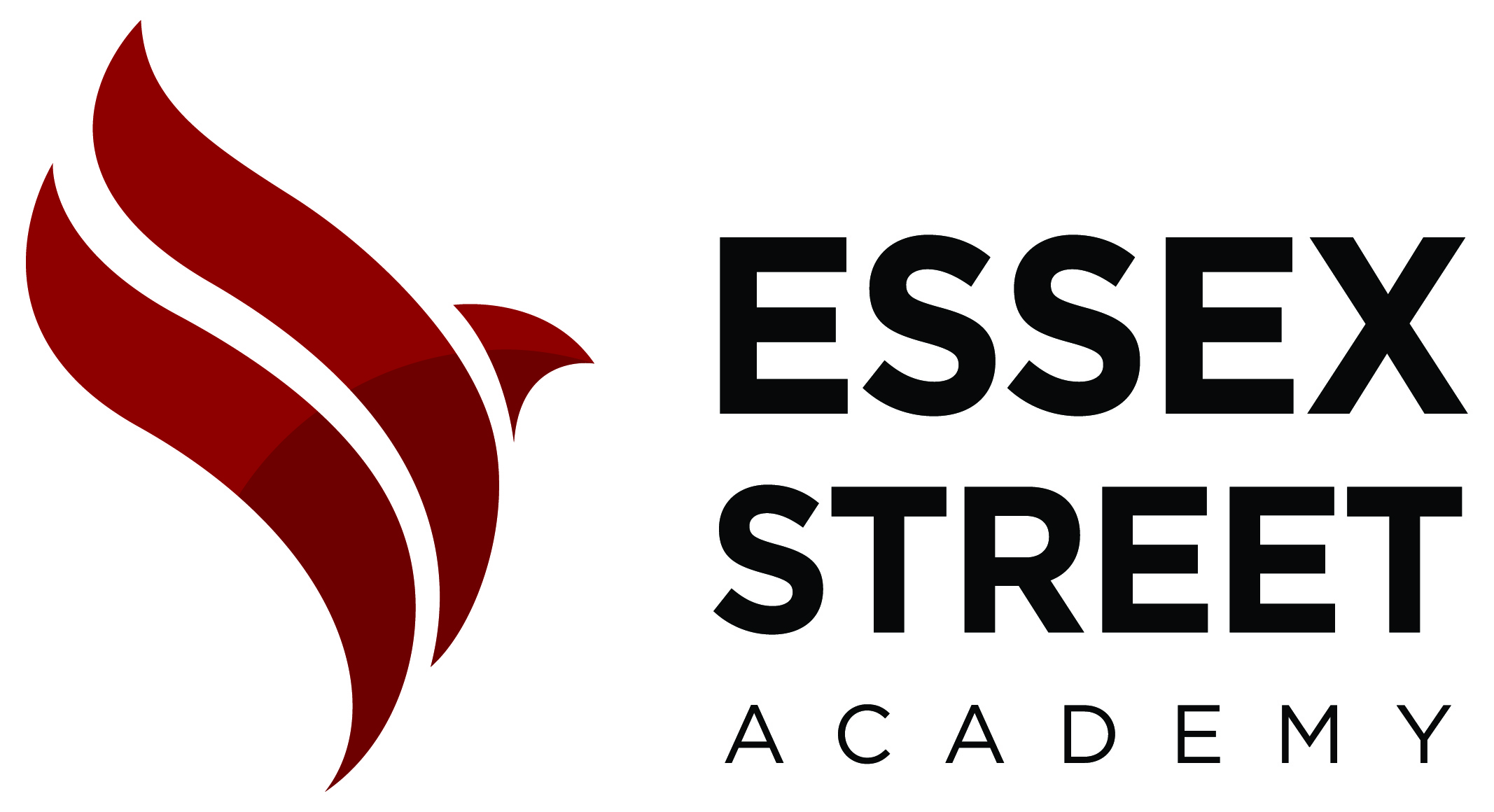TO ALL MY diehard fans, I’m sure I don’t need to remind you of the major success I felt with my attempt to slay the proverbial beast that was my problem of practice. In my first blog post, I focused on the design of my Fall 2018 curriculum, in which “I sought to blend and cross genres, of both content and output. To teach plays, poetry, memoirs, novels, short stories, and historical documents all. And in one semester. To ask students to write op-eds along with, or instead of traditional essays. To elicit facts, statistics, textual quotes, and personal anecdotes as evidence all in the same piece of writing. And in turn, to bring student voice—hitherto sequestered in creative writing semesters, units, and prompts—to analytical writing. In other words, to make student writing look more authentically like the writing that I, they, we encounter on a daily basis.” In my second blog post, I discussed the success my project design was met with. I asked the
In a science classroom that I visited recently, I sat on a panel evaluating student’s mock proposals to the NIH. Students were supposed to design a study that would produce valid results worthy of receiving funding. In sitting on the panel, I watched students discuss what would make their results valid–chiefly, having a large enough sample size that is diverse enough to discount for outliers when looking at trends.
Now, back to the present. I am in the midst of the second unit of my Spring 2019 course, attempting to replicate the successes of my magazine project, but with a new group of students–increasing my sample size. We all know that not every student is the same. Even more so, not every class (as a collection of students) is the same. The students in my classes last semester were more homogenously skilled than is typical and had more of a penchant for the written word than the groups I am teaching currently.
With my current heterogenous mix of interests and abilities, I am curious whether students will have their interests piqued by the “authenticity to the discipline” of a magazine and, perhaps more importantly, if the task will inspire them to produce long-form literary analysis that is personally authentic or if it will be too daunting with the additional effort necessitated by trying something new and complex.
If this semester’s project and curricular design prove fruitful, then I think I have happened upon a “scientifically-valid” vehicle for eliciting literary analysis that is personally authentic, geared toward an authentic audience, and authentic to the discipline–the holy trinity!

How’s it going with this project?? I really like the article format – it requires students to put a traditional essay in conversation with Ted Talks, articles, songs, etc. My SETSS students are really engaged in the writing and the thinking.
As you mentioned, your students last semester were particularly strong writers. I think that is less of the case this semester. I have thoughts about how to format and differentiate for the variety of sources you’re aiming to include with these particular students in mind! Let me know if you’d like to collaborate.